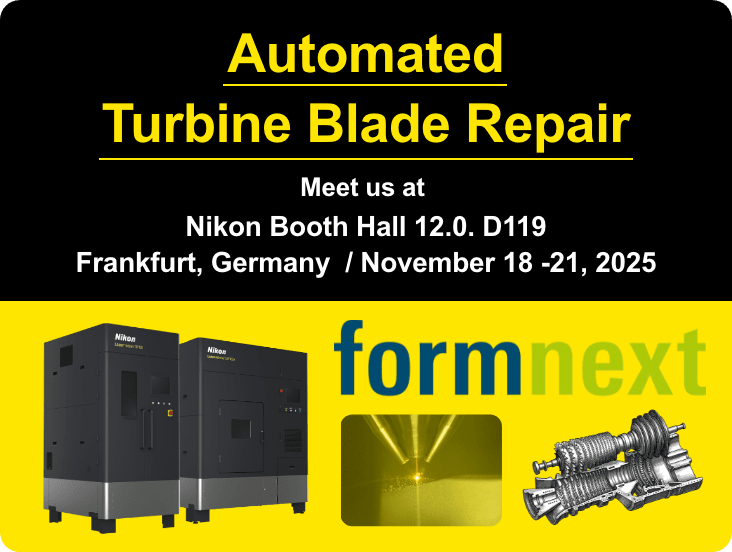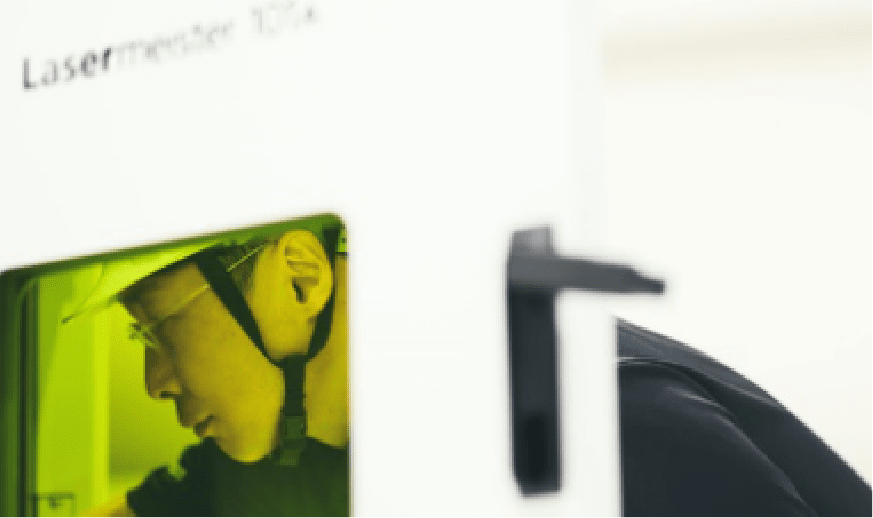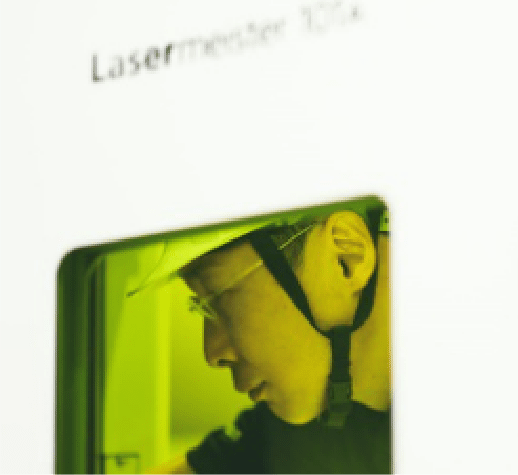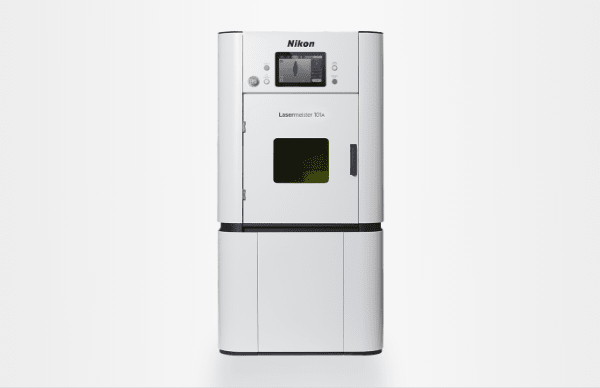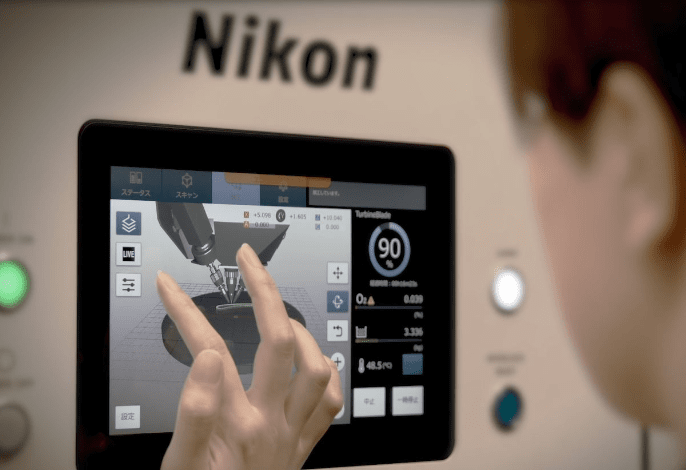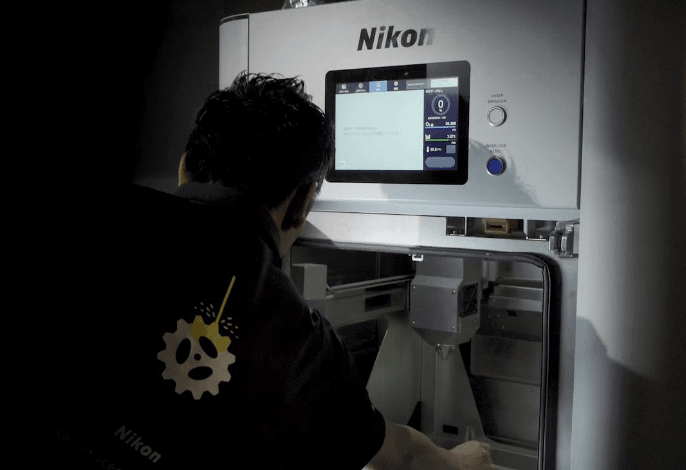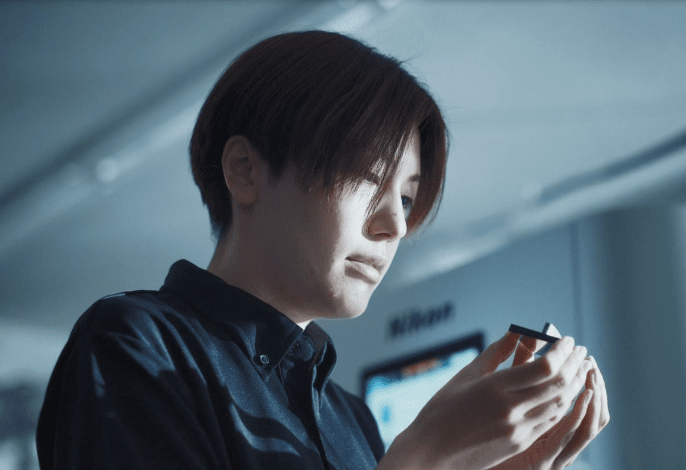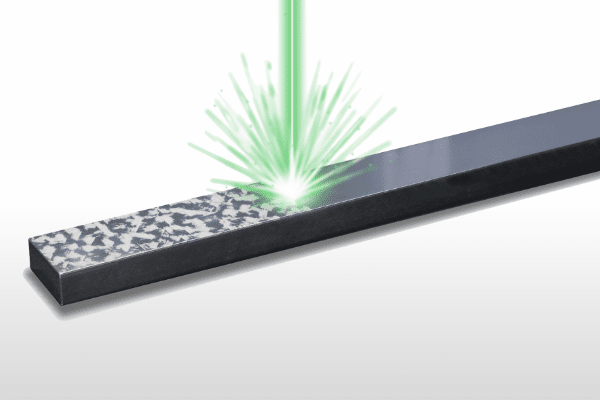Additive
manufacturing
Industry-leading metal additive manufacturing solutions
Nikon Advanced Manufacturing combines extensive Nikon experience in high-tech manufacturing with the tremendous capabilities of its subsidiaries such as Nikon SLM Solutions to offer our customers a comprehensive portfolio of metal AM solutions. Nikon Directed Energy Deposition (DED) solutions are perfectly complemented by the industry-leading laser powder bed (L-PBF) systems from Nikon SLM Solutions. Learn more about our AM product portfolio below.


